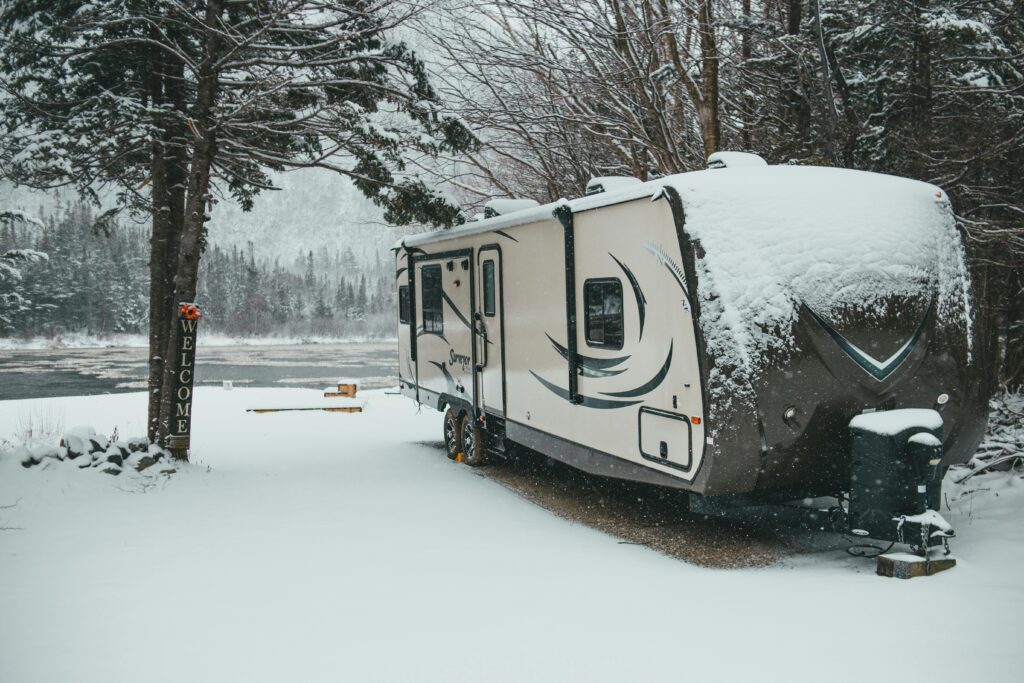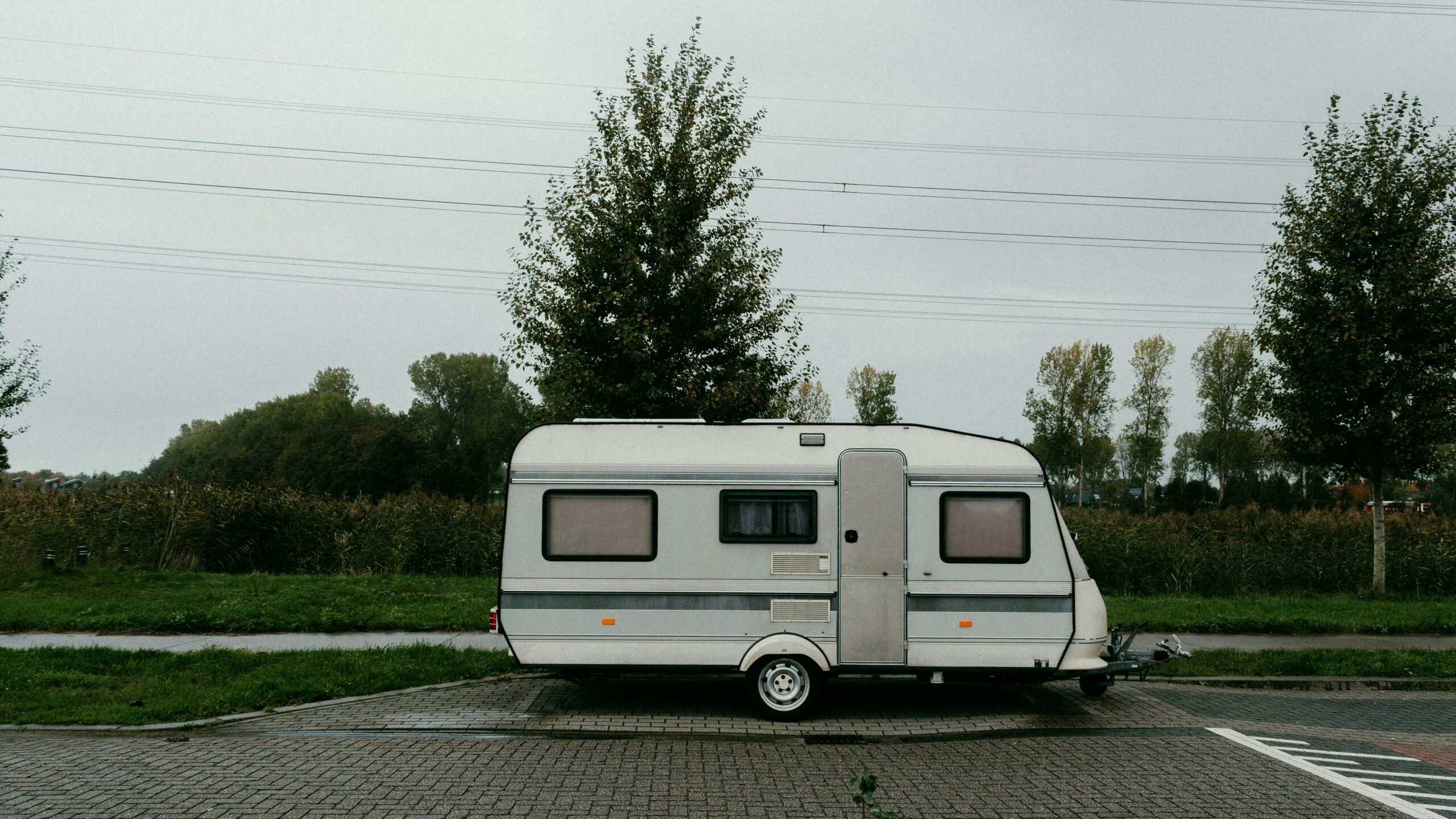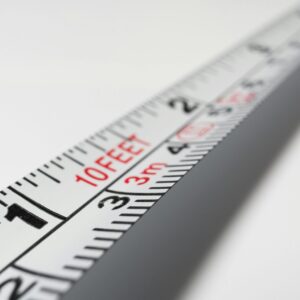How to reverse a caravan?
Reversing a caravan can be a daunting task, especially for those who are new to caravanning or have limited experience with towing. The size and weight of a caravan can make it difficult to manoeuvre in tight spaces, and the added length can make it challenging to see what’s happening behind you. However, with the right techniques and a little practice, you can become proficient at reversing your caravan and gain confidence on the road.
One of the main challenges of reversing a caravan is the limited visibility. Unlike when driving a car, you can’t simply look over your shoulder to see what’s behind you. Instead, you’re relying on your side mirrors and potentially a spotter to guide you. This limited visibility can make it difficult to judge distances and angles, making precise maneuvers a challenge.
Another challenge is the pivot point of a caravan. The pivot point is the point around which the caravan pivots when you steer. It’s usually located towards the rear of the caravan, and understanding how it moves and reacts to your steering inputs is crucial for successful reversing. Failing to take the pivot point into account can result in jackknifing or other undesirable outcomes.
Lastly, reversing a caravan requires a different steering technique compared to driving a car. When reversing, you need to steer in the opposite direction to where you want the caravan to go. This can take some getting used to, especially for those who are accustomed to driving a car. However, with practice and the right techniques, you’ll soon become comfortable with this counterintuitive steering method.
Understanding these challenges is the first step towards mastering the art of caravan reversing. By being aware of the difficulties you may encounter, you can prepare yourself mentally and physically for the task at hand. So, let’s dive into some expert tips that will help you efficiently reverse your caravan with confidence.
Importance of mastering the art of caravan reversing
Mastering the art of caravan reversing is not just about being able to maneuver your caravan in tight spots or difficult situations. It’s about gaining confidence and peace of mind while towing your caravan. When you’re confident in your reversing skills, you can approach any reversing scenario with ease, knowing that you have the knowledge and techniques to handle it.
Being able to reverse your caravan efficiently also opens up more options for you when it comes to choosing campsites or parking spots. You won’t have to pass up a beautiful campsite or struggle to find a suitable parking spot simply because you’re not comfortable reversing your caravan. Instead, you’ll have the freedom to explore and enjoy the road, knowing that you can confidently handle any reversing situation that comes your way.
Furthermore, mastering caravan reversing can also contribute to your overall safety on the road. When you’re in control of your caravan, you reduce the risk of accidents or damage to your vehicle or property. You’ll be able to accurately judge distances and angles, avoiding potential hazards and obstacles. Additionally, being confident in your reversing skills can help reduce stress and anxiety, allowing you to focus on enjoying your journey.
Now that you understand the importance of mastering the art of caravan reversing, let’s delve into some expert tips that will help you become proficient in this skill.
How to reverse a caravan – Expert tips for efficient caravan reversing

- Use a spotter or mirrors: One of the most important tips for efficient caravan reversing is to use a spotter or rely on your mirrors. A spotter can provide you with valuable guidance and help you navigate tricky maneuvers. They can see what’s happening behind the caravan and communicate with you effectively. If you don’t have a spotter, make sure your mirrors are properly adjusted to give you the best possible visibility. Take the time to adjust your side mirrors so that you can see the sides of your caravan and the area directly behind it.
- Understand the pivot point: As mentioned earlier, the pivot point is a critical factor in caravan reversing. Understanding how the caravan pivots and reacts to your steering inputs is essential for successful reversing. To get a better feel for the pivot point, practice reversing in an open space with no obstacles. Take note of how the caravan moves when you turn the steering wheel and experiment with different steering inputs. This will help you develop a better understanding of how the caravan responds to your actions.
- Position your hands correctly: Proper hand positioning on the steering wheel is crucial for effective caravan reversing. Placing your hands in the correct position will give you better control over the direction and movement of the caravan. Ideally, your hands should be placed at the 9 and 3 o’clock positions on the steering wheel. This position allows for smooth and precise steering inputs, giving you maximum control over the caravan’s movement. Avoid crossing your hands or gripping the wheel too tightly, as this can impede your ability to steer accurately.
- Take it slow and steady: When reversing a caravan, it’s important to take your time and proceed slowly. Rushing or making sudden movements can lead to mistakes and accidents. Instead, focus on making gradual and controlled movements. Use small steering inputs and gentle acceleration or deceleration to ensure smooth and controlled reversing. Remember, reversing a caravan requires patience and concentration, so take your time and stay calm.
- Practice, practice, practice: Like any skill, mastering caravan reversing requires practice. The more you practice, the more comfortable and confident you’ll become. Look for opportunities to practice in different scenarios, such as reversing into parking spots, maneuvering through tight corners, or making U-turns. Each practice session will help you refine your techniques and improve your reversing skills. Whether it’s in an empty parking lot or a designated practice area, make time to practice regularly and you’ll soon see the results.
By following these expert tips, you’ll be well on your way to mastering caravan reversing. However, it’s important to be aware of some common mistakes that can hinder your progress. Let’s take a look at these mistakes and learn how to avoid them.
Common mistakes to avoid while reversing a caravan
- Oversteering: Oversteering is a common mistake that many people make when reversing a caravan. Oversteering occurs when you turn the steering wheel too much, causing the caravan to swing too far in the opposite direction. This can result in jackknifing or other undesirable outcomes. To avoid oversteering, remember to use small and controlled steering inputs. Gradually build up your steering angle and adjust as necessary.
- Lack of communication: Communication is crucial when reversing a caravan, especially if you have a spotter. Failing to communicate effectively with your spotter or not paying attention to their instructions can lead to confusion and mistakes. Make sure you establish clear signals and hand gestures with your spotter before you start reversing. If you don’t have a spotter, use your mirrors to assess the situation and communicate any necessary adjustments to your steering or speed.
- Ignoring blind spots: Blind spots are areas around your caravan that are not visible in your mirrors. Ignoring these blind spots can result in accidents or damage to your caravan. Take the time to check your blind spots by physically turning your head and looking out the windows. This will give you a better sense of what’s happening around your caravan and help you make informed decisions when reversing.
- Not practicing in different scenarios: Practicing in different scenarios is essential for improving your caravan reversing skills. Many people make the mistake of only practicing in familiar or easy situations, such as an empty parking lot. While this is a good starting point, it’s important to challenge yourself by practicing in different scenarios. This could include reversing on a slope, maneuvering through tight corners, or reversing into a narrow campsite. By exposing yourself to different challenges, you’ll become a more versatile and confident caravan reverser.
- Lack of patience: Patience is key when it comes to reversing a caravan. It’s easy to get frustrated or flustered when things don’t go as planned. However, losing your patience can lead to rushed movements or poor decision-making. Remember to take a deep breath and stay calm. If you’re feeling overwhelmed, take a break and regroup. Reversing a caravan requires focus and concentration, so give yourself the time and space to make informed decisions.
By being aware of these common mistakes and actively working to avoid them, you’ll be well on your way to becoming a master at reversing your caravan. However, having the right equipment can also greatly contribute to your success. Let’s explore some essential equipment for successful caravan reversing.
Essential equipment for successful caravan reversing
- Reversing camera: A reversing camera is a valuable tool for improving your visibility when reversing a caravan. It provides a live feed of what’s happening behind your caravan, allowing you to see any potential obstacles or hazards. A good quality reversing camera will give you a clear and wide-angle view, making it easier to maneuver your caravan with confidence. Install the camera in a position that provides the best view of the rear of your caravan, and make sure it’s properly aligned and calibrated.
- Extended mirrors: Extended mirrors are essential for improving your visibility when towing a caravan. They attach to your vehicle’s side mirrors and extend the field of view, allowing you to see the sides of your caravan and the area directly behind it. This is especially important when reversing, as it gives you a better sense of the caravan’s position and helps you avoid obstacles. Choose extended mirrors that are specifically designed for your vehicle and caravan combination, ensuring a secure and stable fit.
- Wheel chocks: Wheel chocks are small blocks that are placed in front of and behind the caravan’s wheels to prevent it from rolling. They are particularly useful when practicing reversing or parking on uneven surfaces or slopes. By using wheel chocks, you can ensure that your caravan stays in place while you focus on manoeuvring. Invest in a sturdy and durable set of wheel chocks that are suitable for the weight and size of your caravan.
- Leveling aids: Leveling aids, such as leveling ramps or blocks, are essential for ensuring that your caravan is level when parked or positioned for reversing. A level caravan is easier to maneuver and provides better stability. When reversing, having a level caravan will help maintain control and prevent unwanted movements. Invest in a set of leveling aids that are compatible with your caravan and easy to use.
- Practice cones or markers: Practice cones or markers are a simple yet effective tool for setting up practice scenarios. You can use them to simulate different reversing scenarios, such as parking spots or narrow campsite entrances. By setting up cones or markers, you can practice your reversing skills in a controlled and safe environment. Look for practice cones or markers that are brightly colored and easily visible, even in low light conditions.
By equipping yourself with these essential tools, you’ll be well-prepared for successful caravan reversing. However, it’s important to remember that equipment alone is not enough. Regular practice and honing of your skills are necessary to truly master the art of caravan reversing. Let’s explore some practice exercises that will help you improve your caravan reversing skills.
Practice exercises to improve your caravan reversing skills
- Set up a practice course: Create a practice course using cones or markers in an open space. Set up different scenarios, such as parking spots or narrow lanes, and practice reversing through them. Start with simple scenarios and gradually increase the difficulty as you become more comfortable. Focus on using the correct steering technique and making smooth and controlled movements. Take note of any areas where you struggle and work on improving those specific skills.
- Practice in different weather conditions: Reversing a caravan in adverse weather conditions can present additional challenges. Rain, wind, or poor visibility can affect your ability to accurately judge distances and angles. Practice reversing in different weather conditions to improve your adaptability and confidence. Start with light rain or wind and gradually progress to more challenging conditions. Remember to prioritize safety and adjust your driving style accordingly.
- Simulate real-life scenarios: When practicing, try to simulate real-life scenarios that you’re likely to encounter on the road. This could include reversing into a tight campsite, manoeuvring through a narrow entrance, or making a U-turn in a confined space. By simulating these scenarios, you can practice your skills in a realistic setting and gain confidence in handling similar situations on the road. Take your time and focus on making precise movements.
- Practice with a spotter: If possible, enlist the help of a spotter when practicing. A spotter can provide you with valuable feedback and guidance, helping you improve your reversing skills. Start with simple manoeuvres and gradually progress to more complex scenarios. Communicate with your spotter effectively and take their instructions into consideration. Remember to maintain good visibility of your spotter by adjusting your mirrors or using a reversing camera.
- Join a caravan reversing course: Consider joining a caravan reversing course or workshop. These courses are specifically designed to help caravan owners improve their reversing skills. They provide expert guidance and hands-on practice in a controlled and supportive environment. Instructors can offer personalized feedback and tips to help you overcome any specific challenges you may be facing. Look for courses that are accredited and taught by experienced instructors.
By incorporating these practice exercises into your routine, you’ll gradually improve your caravan reversing skills and become more confident on the road. Remember, practice makes perfect, so don’t be discouraged if you make mistakes along the way. Each practice session is an opportunity to learn and grow. As you continue to practice, you’ll notice improvements in your reversing abilities and gain a sense of mastery over this essential skill.
Resources for further learning and practice
If you’re looking to further enhance your caravan reversing skills, there are plenty of resources available that can help you on your journey. From online tutorials to books and workshops, here are some recommended resources for learning and practicing caravan reversing:
- Online tutorials and videos: There are numerous online tutorials and videos available that provide step-by-step instructions and demonstrations for caravan reversing. Websites such as YouTube offer a wide range of resources, including tutorials from experienced caravanners and towing experts. Take advantage of these free resources to learn new techniques and gain valuable insights.
- Reversing guides and books: There are several books and guides available that focus specifically on caravan reversing. These resources provide in-depth explanations of the principles and techniques involved in reversing a caravan. Look for books written by experienced caravanners or reputable towing organisations. These resources can serve as valuable reference materials and provide additional insights and tips.
- Caravan clubs and forums: Joining a caravan club or online forum can provide you with a wealth of information and support.
Now you have all the knowledge you need to go and practice reversing your caravan.



